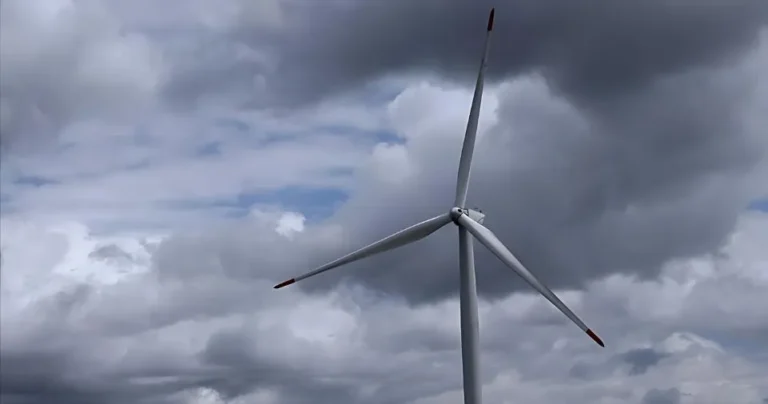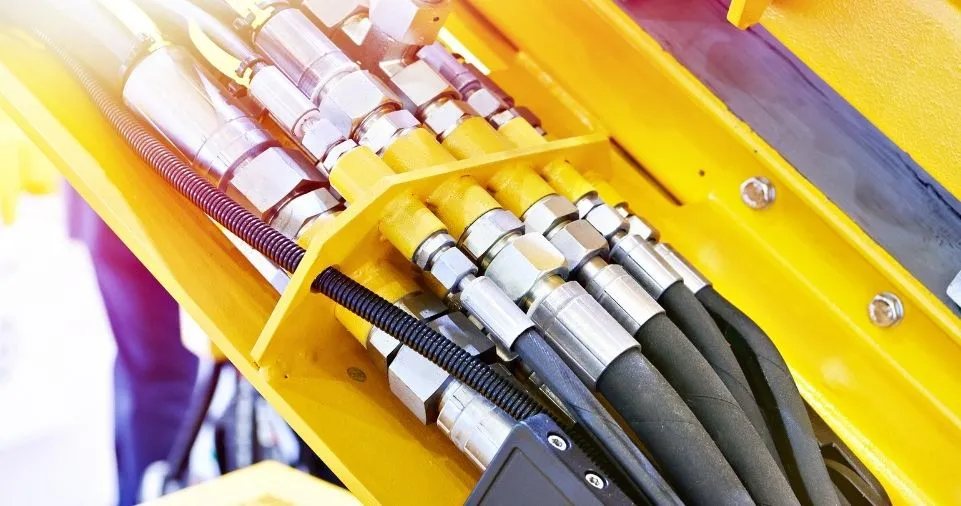In the absence of additional new capacity additions and steps to postpone capacity retirements, resource adequacy risks might develop over time and throughout all seasons, according to the grid operator and state authorities.
Dive Brief:
- Starting next summer, the Midcontinent Independent System Operator’s Northern and Central regions could face a 1 GW to 3.7 GW shortfall while its Southern region has a potential 3 GW to 4 GW surplus, the grid operator and the Organization of MISO States said in an annual survey released Thursday.
- Overall, MISO faces a 2.7 GW shortfall to a 1.1 GW surplus next summer under two scenarios that have different rates of generation additions, according to the report. By the end of the decade, the potential deficit could grow to 14.4 GW and the surplus could climb to 4.6 GW under the two scenarios, MISO and OMS said.
- “Resource adequacy risks could grow over time across all seasons, absent increased new capacity additions and actions to delay capacity retirements,” they said.
Dive Insight:
The grid operator’s state utility regulators are represented by MISO and OMS, which stated that prompt action is required to bring additional capacity online, coordinate resources for new load additions, and perhaps limit the rate of resource retirements.
According to a news release from MISO CEO John Bear, “it is critical that we maintain and strengthen our cooperation with our state regulators to guarantee that the dynamic generating fleet can fulfill the expanding demands throughout our footprint.”
According to previous OMS-MISO reports, the grid operator might not have adequate power supply to satisfy its demands, and the outcomes are comparable.
ALSO READ:
- Ford recalls over 550,000 pickup trucks because transmissions can suddenly downshift to first gear
- Panthers win their 1st Stanley Cup, top Oilers in Game 7 to avoid historic collapse
- Call of Duty: Black Ops 6 Will Feature Split-Screen, But There’s a Catch
- Lim Sung-jae is the most anticipated Korean player at the U.S. Open in the third major tournament
- Justice Alito is right about today’s politics
- Simon Cowell’s Rolls-Royce on AGT! About His Beloved Car Collection
The research presents two outlooks for the first time, depending on the amount of generation that can start up in the MISO footprint, which stretches from Louisiana to North Dakota. According to a MISO projection, 2.3 GW of generation will come online year based on a 3-year average from 2020 to 2022. Another prediction made by MISO is that 6.1 GW will come online yearly, based on estimations from interconnection customers that have signed interconnection agreements.
According to the analysis, there are potential negative risks such as the ongoing fast rate of power plant retirements and the possibility of accelerated generator shutdowns due to requirements from the Environmental Protection Agency.
Potential downside risks include the continuing rapid pace of power plant retirements, with Environmental Protection Agency regulations possibly accelerating the generator shutdowns, according to the report.
Upsides include new capacity enabled by the easing of: supply chain bottlenecks, permitting constraints and labor shortages as well as market responses to local capacity shortfalls, MISO and OMS said.
The survey found that the largest resource adequacy risks occur in the spring and summer.
MISO said it anticipates strong, long-term load growth driven by data centers, manufacturing, increased cooling demand, electric vehicles and cryptocurrency operations.
The grid operator issued a warning, stating that MISO may be more susceptible to reliability issues than it seems since its techniques for calculating a resource’s capacity value may overestimate it during high-risk times.
In order to more accurately reflect the extent to which various resources support grid dependability during times of stress, MISO has proposed updating its certification system, a proposal that the Federal Energy Regulatory Commission is now considering.







